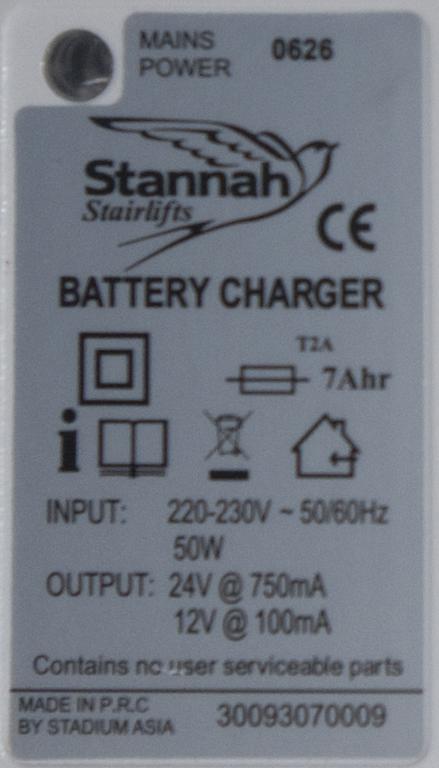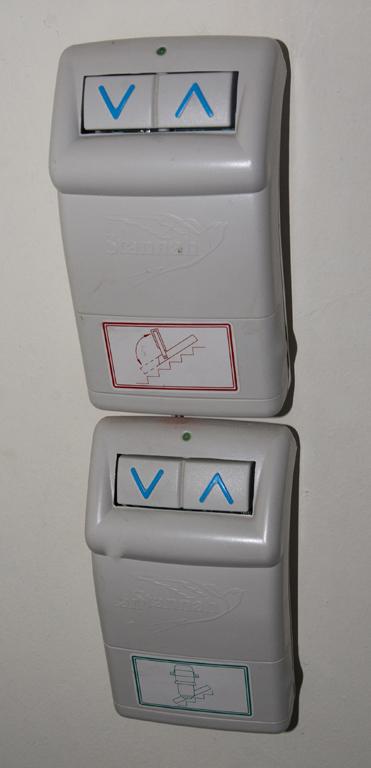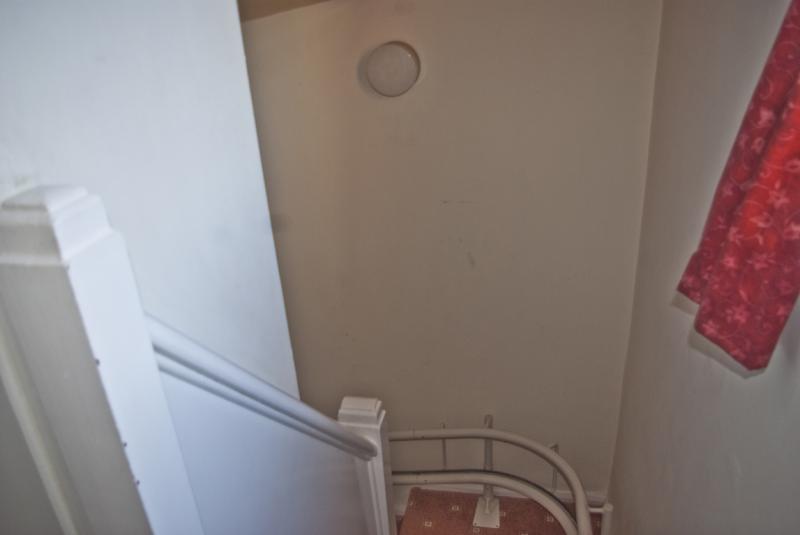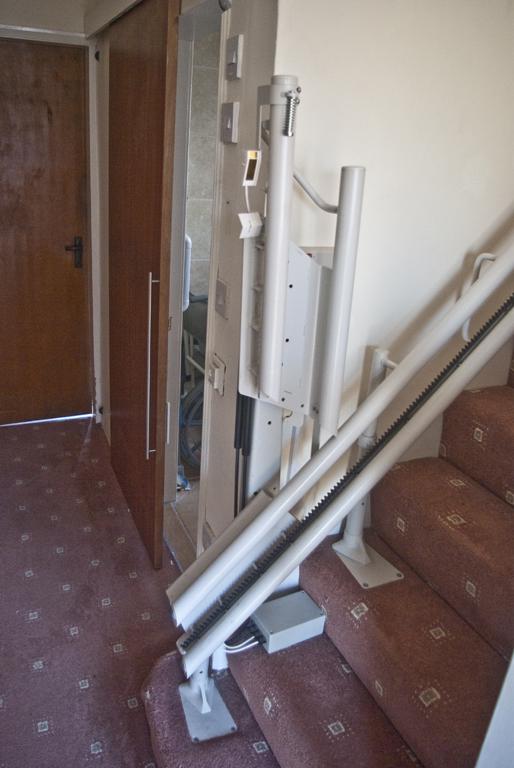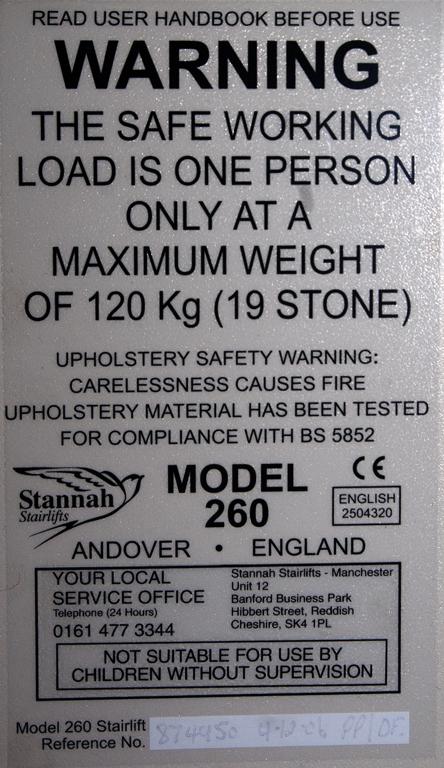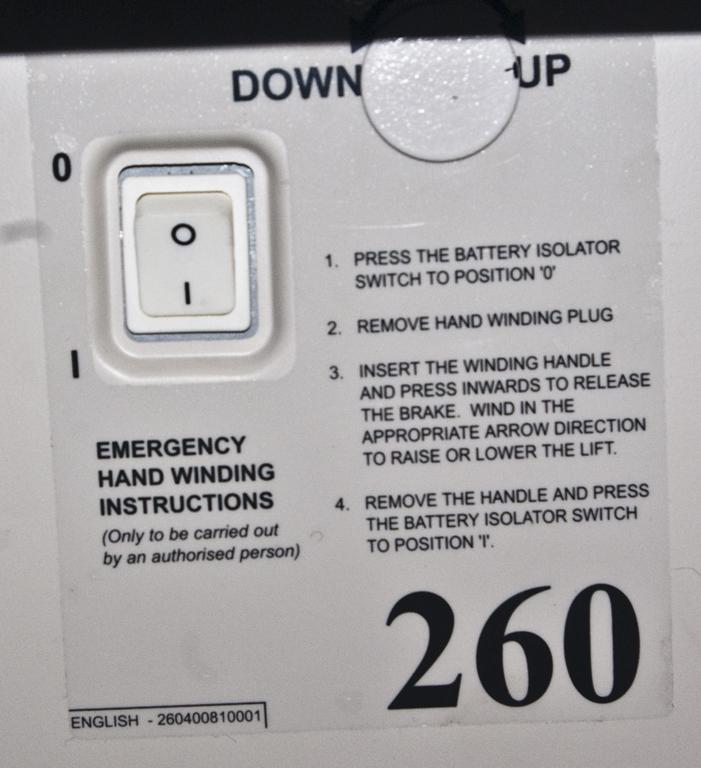- Joined
- 27 Jan 2008
- Messages
- 23,669
- Reaction score
- 2,667
- Location
- Llanfair Caereinion, Nr Welshpool
- Country

My parents had a stair lift fitted by local council 6 years ago and I never gave it a second thought. However it went wrong out of guarantee so I got involved in finding out what was wrong and getting some one to repair it.
It seems it runs from 4 batteries which of course makes sense one does not want it to fail in a power cut. One battery in the chair (24v) one in the extension leg which drops across the hallway (size unknow) and one in each of the remote controls (9v) the track twists back on it's self where the stairs on a landing turn a full 360 degrees so from the top of the stairs one can't see the bottom. The chair has three charging points one at bottom which can't be used as it's on the retractable arm. One on first bend the normal parking point and one at the top. The chair will not move until the extension leg has been dropped. It would seem the two static controls are radio linked to chair and extension and use a replaceable 9v PP3 cell.
I have two concerns:-
1) The extension legs seems to have no sensors or beams even load sensing and my attempts to stop it moving did not even make the motor grown. The upper control station is positioned so the leg is completely invisible and the operator relies on the noise alone of it working to know when it has fully extended. So any animal including children lying or playing under the arm could be trapped and crushed by the descending arm or any items placed on the floor could be crushed. My dad's hearing is not what it use to be so he tends to count then try lift rather than hear the leg grown so would be likely to miss sounds of items being crushed.
2) Since radio controls are used could some other item like a 400W UHF radio used by my visiting friends trigger the arm or lift?
I have memory's of watching Gremlins and although I realise the speed could not increase and send the user off the end like in the film could it start up on it's own? And nearly as bad could some one chatting to me while waiting for me to arrive on one of the amateur bands or even members of the emergency services using their two way radios, stop it working and maroon my dad?
From the Stennah web site seems the chair does have safety edges but since my dad is sitting on the chair to work it and he has to hold the leaver over to work it, it would be very unlikely he would run into anyone or thing with the chair. It's the extension leg which is the problem.
My mother is in a wheel chair and unless the extension leg is lifted she can't pass it to either reach the controls or to get to the front door which is only door with a ramp so her only means of getting in and out of the house.
As an industrial electrical guy I am sure I would have been in very hot water with HSE if I had designed and commissioned some thing like this and that's where there are no children, pets, or old age pensioners working or playing near the equipment.
It seems it runs from 4 batteries which of course makes sense one does not want it to fail in a power cut. One battery in the chair (24v) one in the extension leg which drops across the hallway (size unknow) and one in each of the remote controls (9v) the track twists back on it's self where the stairs on a landing turn a full 360 degrees so from the top of the stairs one can't see the bottom. The chair has three charging points one at bottom which can't be used as it's on the retractable arm. One on first bend the normal parking point and one at the top. The chair will not move until the extension leg has been dropped. It would seem the two static controls are radio linked to chair and extension and use a replaceable 9v PP3 cell.
I have two concerns:-
1) The extension legs seems to have no sensors or beams even load sensing and my attempts to stop it moving did not even make the motor grown. The upper control station is positioned so the leg is completely invisible and the operator relies on the noise alone of it working to know when it has fully extended. So any animal including children lying or playing under the arm could be trapped and crushed by the descending arm or any items placed on the floor could be crushed. My dad's hearing is not what it use to be so he tends to count then try lift rather than hear the leg grown so would be likely to miss sounds of items being crushed.
2) Since radio controls are used could some other item like a 400W UHF radio used by my visiting friends trigger the arm or lift?
I have memory's of watching Gremlins and although I realise the speed could not increase and send the user off the end like in the film could it start up on it's own? And nearly as bad could some one chatting to me while waiting for me to arrive on one of the amateur bands or even members of the emergency services using their two way radios, stop it working and maroon my dad?
From the Stennah web site seems the chair does have safety edges but since my dad is sitting on the chair to work it and he has to hold the leaver over to work it, it would be very unlikely he would run into anyone or thing with the chair. It's the extension leg which is the problem.
My mother is in a wheel chair and unless the extension leg is lifted she can't pass it to either reach the controls or to get to the front door which is only door with a ramp so her only means of getting in and out of the house.
As an industrial electrical guy I am sure I would have been in very hot water with HSE if I had designed and commissioned some thing like this and that's where there are no children, pets, or old age pensioners working or playing near the equipment.

